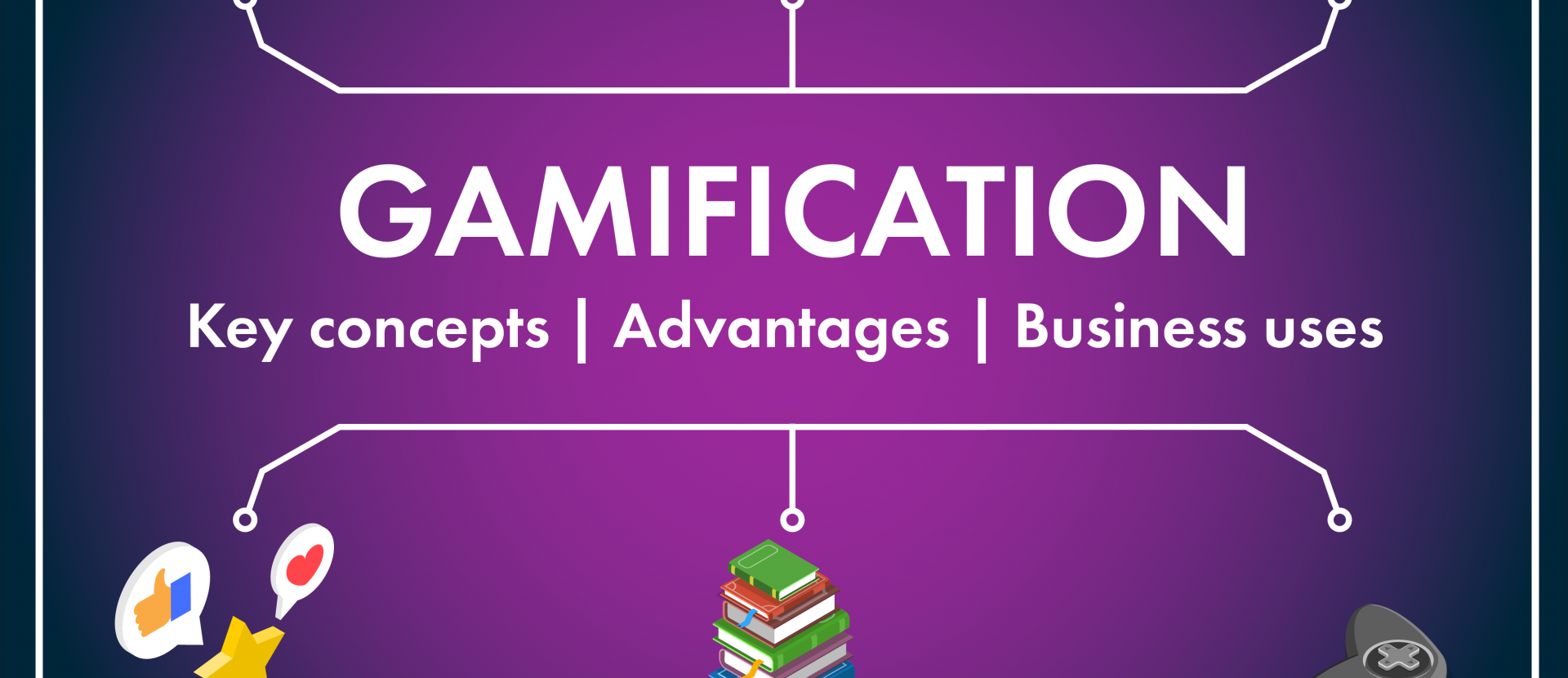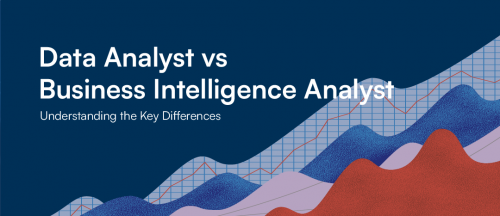

How can gamification support your project management?

The use of gamification has grown in various areas and is most certainly part of our private and professional lives. Consider the loyalty program at your favorite food delivery company helping you get personalized discounts, or the app reminding you to take your medication or another one to get a reward such as a badge or points when you do some purchases. Consider also a situation where candidates to an open position are put together in a game in order to identify the best fitted contestant. These are just a sample of the possible applications of gamification which actually consists in bringing game or game-like elements into activities that are considered as non-playful.
The broad range of domains where the benefits of gamification have been observed has gradually inspired men and women to integrate these mechanisms in their work environment. Why? Because game mechanisms have the power to help stakeholders to better understand the stakes of the situation and stimulate them to participate and to take actions.
What Tips to bring playful aspects in the management of a project lifecycle?
A project lifecycle generally consists in the following steps:
Initiation, Planning, Execution and Closure.
Each of these steps is crucial in defining, preparing, performing and assessing the objectives and values sustained by the ongoing project. While these phases are keys to succeed, the way one can achieve these allows room for creativity.
Let’s zoom into each phase:
Initiation:
This phase is dedicated to identifying the business need or opportunity. The project team will brainstorm on the different way they can solve the problem or seize an opportunity. The goal is here to define the scope of the project, determine if it is realistic and identify the main milestones.
In order to facilitate the starting activities of the project, gamification can provide some support. A game mechanism supporting this project stage can consist in organizing a role-play where the project team would act, in realistic scenarios, as the different end-users the project outcome is expected to reach. This method increases spontaneity and reduces prejudices as people step out their own role to best understand the needs of their target.
Planning:
Planning phase is launched after the scope of the project has been defined and approved. The objective is to reduce the project goal into smaller tasks the team can take up, this will help them to plan these activities and maximize the potential for success.
In order to have an achievable plan, assessing the effort needed to complete a task is key. The team, thanks to its extensive experience, is in the best position to evaluate the work needed to reach an objective. Proceeding to a vote, using animals or t-shit size as measurements, is a proven method to help the team come to an accurate planning.
Execution:
After a solid plan for the project was defined, the execution phase can start where the project team will work on building the project output.
Game-like elements such as rewards for completing a task is often used during the execution phase. A board where the achievement of the team members, alone or grouped, are displayed stimulates a competition spirit and collaboration to achieve the goals.
Closure:
Last but not least, the closure phase of the project involves tasks such as providing the final deliverables, assessing the success of the project and sharing knowledge about it.
It is this last task that gamification tends to support the best. Using gamification to make education more appealing, especially since the part of online trainings has increased drastically, has numerous proven records of success. Putting the training audience in a game-like situation increases the involvement and the integration of knowledge.
Always keep in mind that the choice of suitable game mechanics and their implementation in a gamified solution will be strongly driven by the targeted users and the targeted domain.
Want to bring gamification in your activities? Contact HeadMind Partners now!
Sources
T. Kaneda et al. (2016). Implementation model for the gamification of business Processes. Simulations and gaming in the network society, translational systems sciences 9, DOI 10.1007/978-981-10-0575-6_14
M. Ricardo Pateiro et al. (2017). Gamification in project management. Proceeding of the second international conference on economic and business management, DOI 10.291/978-94-6252-423-1






